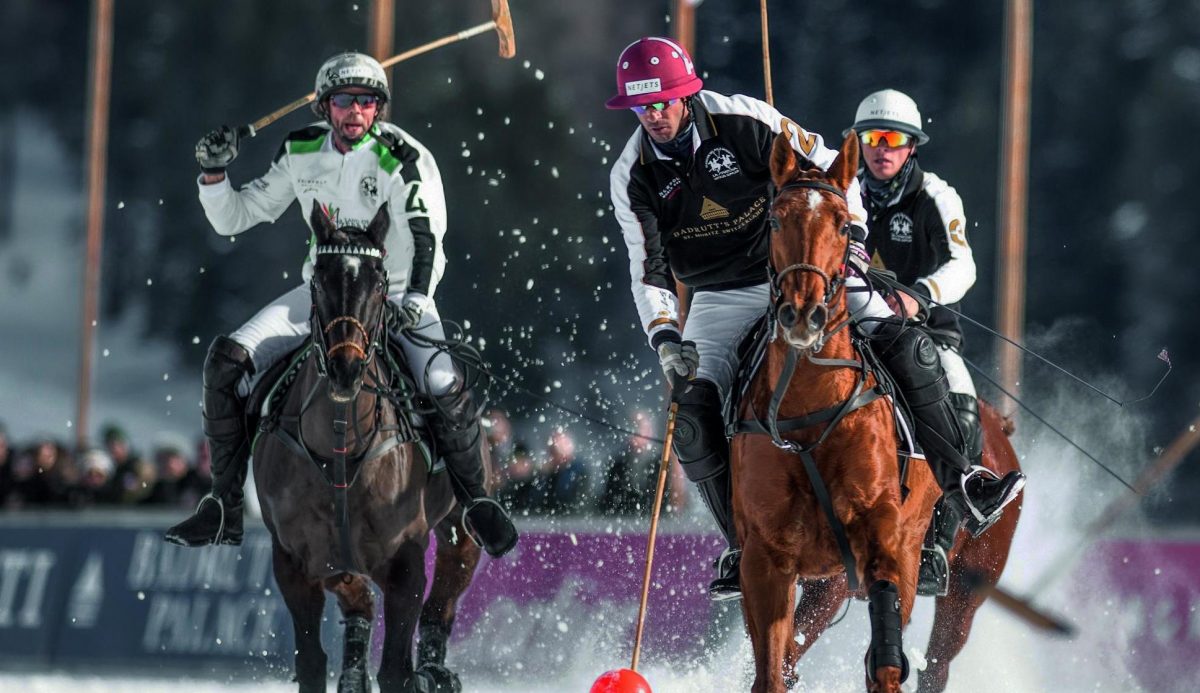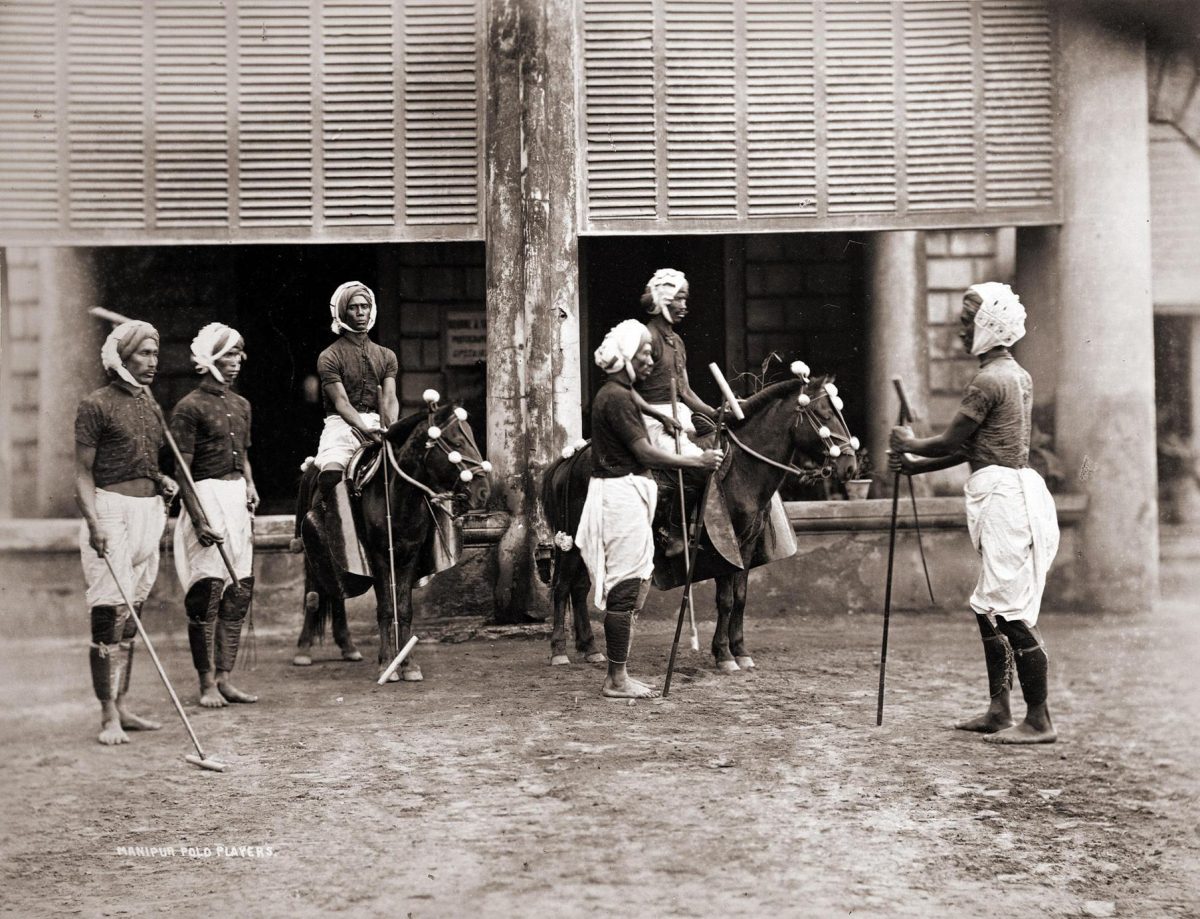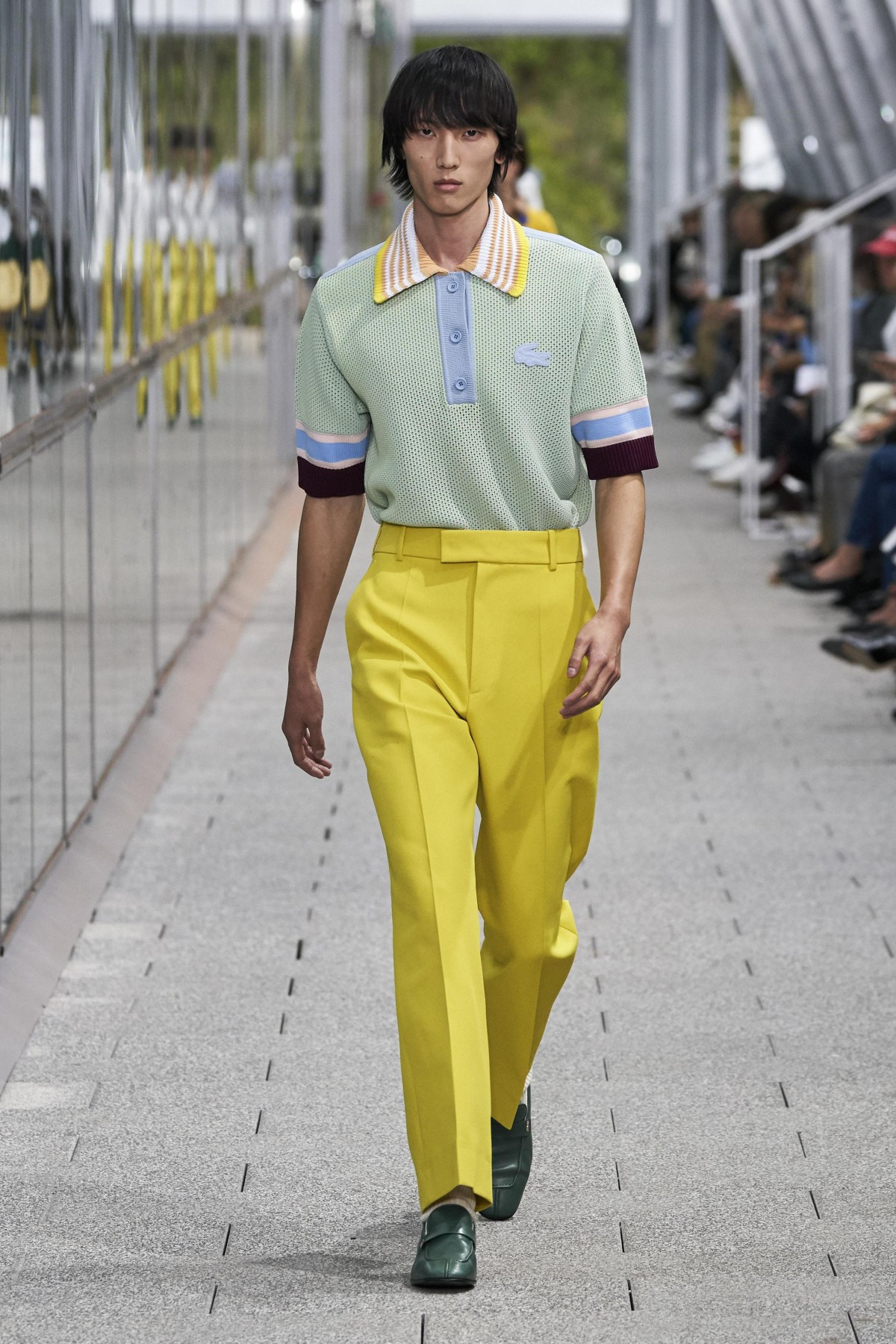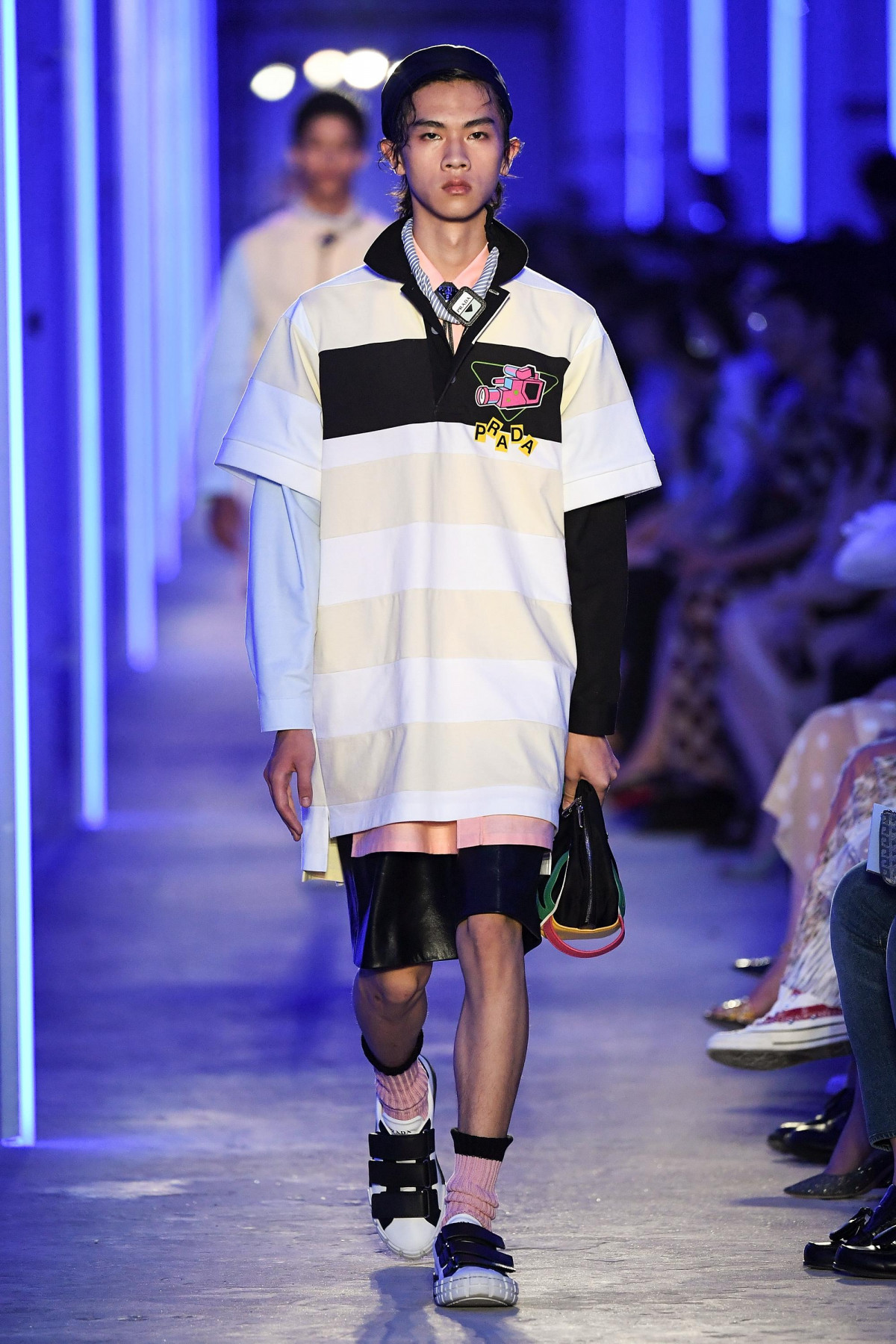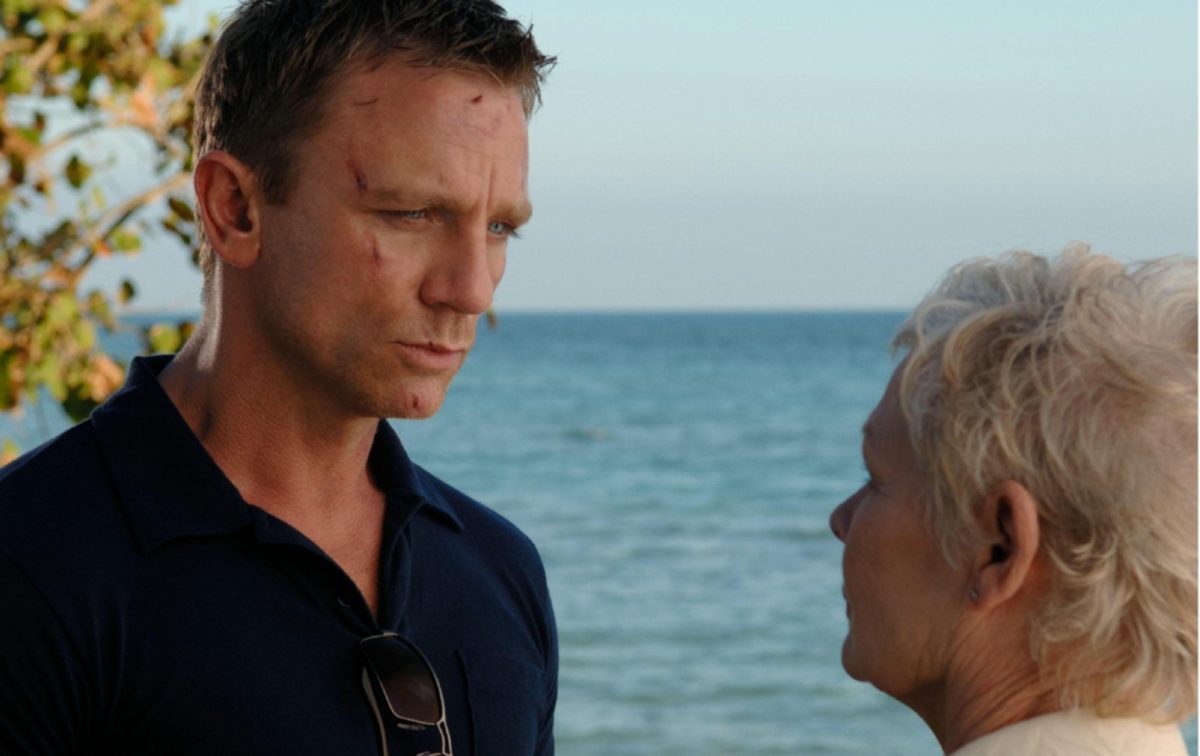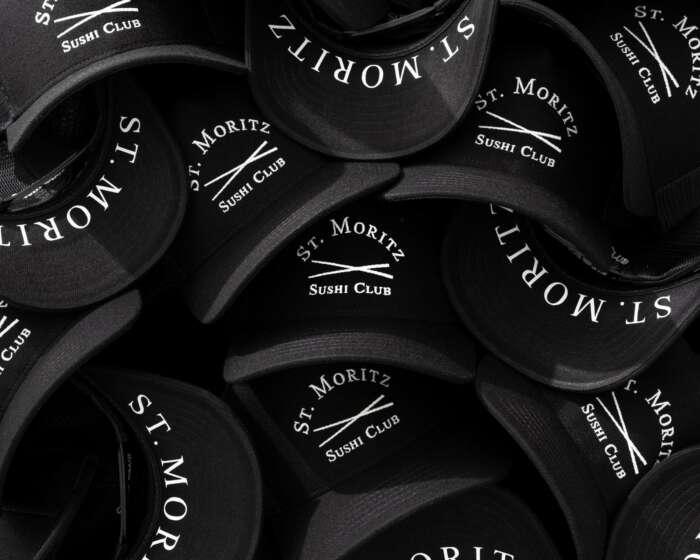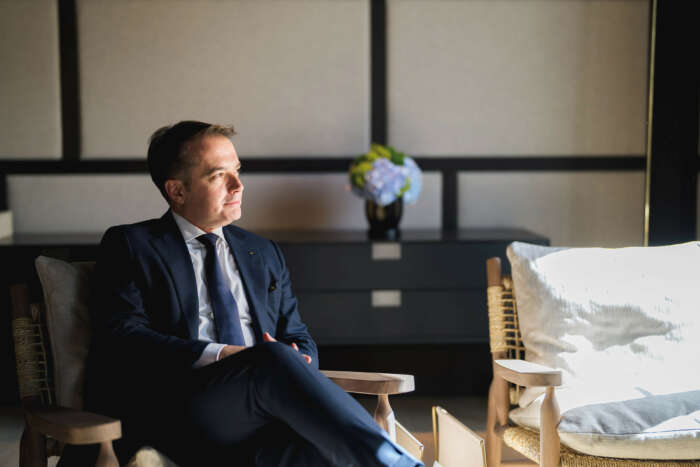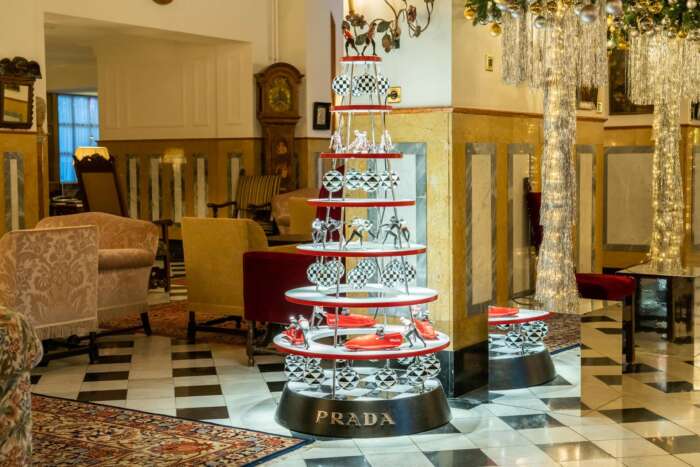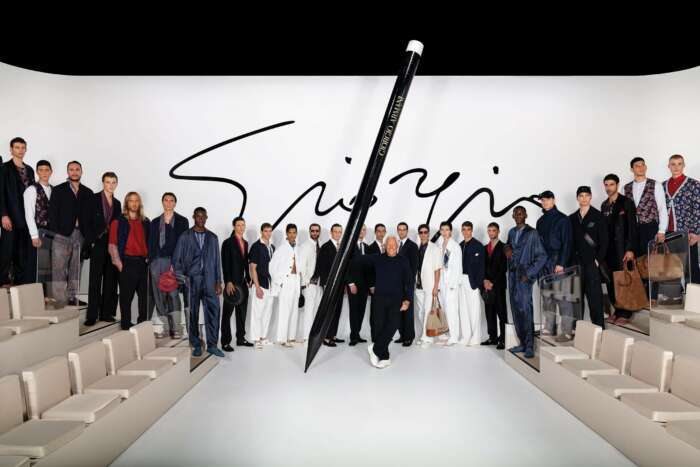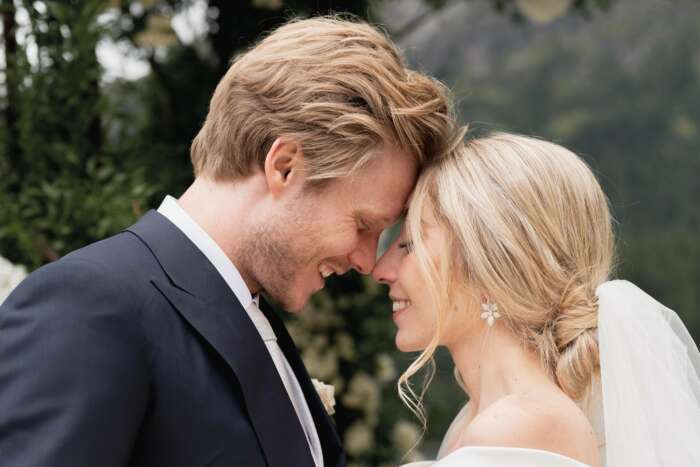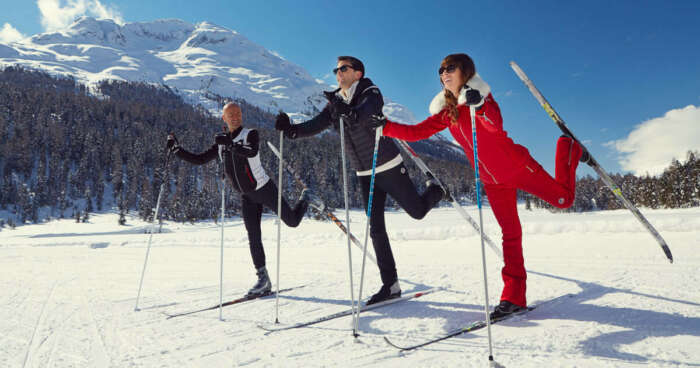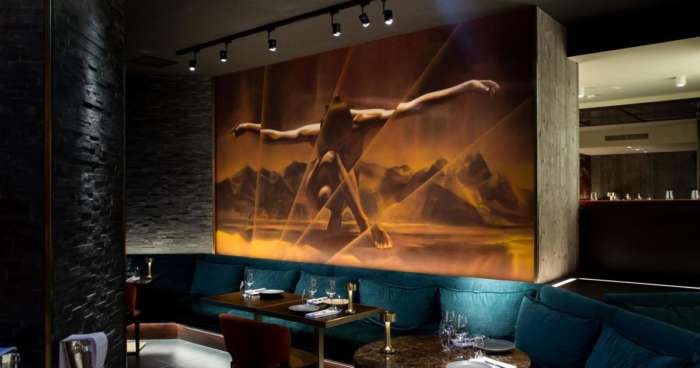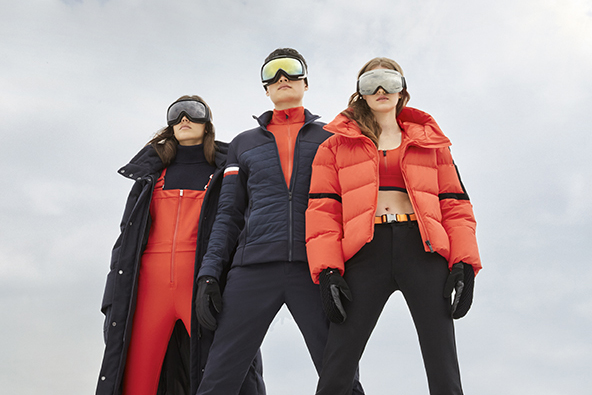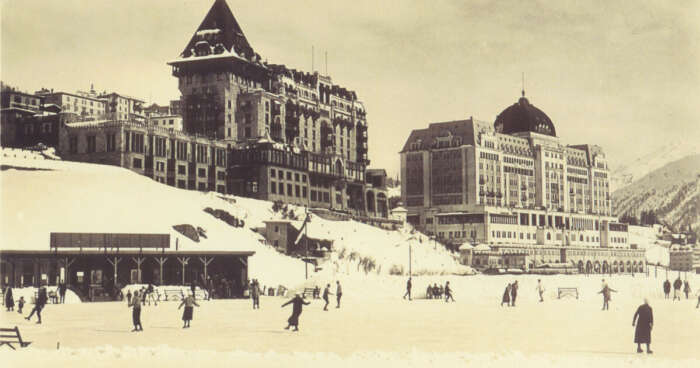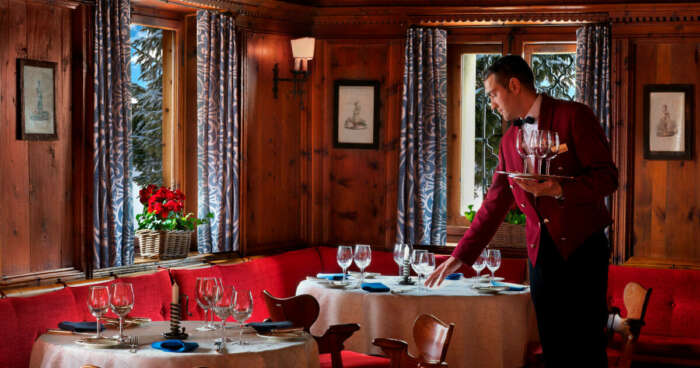In the pantheon of menswear classics, the polo shirt holds a special place. Sure, there are other perennials with equal staying power and there are certainly ones that attract more attention, but the polo shirt, despite never quite being able to claim the title of ‘hero piece’, must be the hardest working.
For instance, it can emerge from a suitcase without a crease and can be worn in practically any climate. Indeed, the world’s best polo players wear long-sleeved versions in the sub-zero temperatures of St. Moritz during the Snow Polo World Cup, held in January.
Most crucially, the garment can segue from a sports field (or centre court) to a smart lunch spot with little effort on the wearer’s part. American rapper Kanye West perhaps summed up the polo shirt’s shapeshifting appeal best when he called it his ‘magician cloak’. “It said that I could travel from the south side of Chicago to the beaches of Montauk,” he explains.
The inventor of the polo shirt
Like any true classic, the matter of who invented the polo shirt in its modern form is hotly contested.
The polo’s historic roots can be traced back to Manipur in northeast India when polo players, frustrated by their shirts flapping in the wind, added button-down collars. When the sport crossed the ocean the uniform followed. This piqued the interest of designers such as Brook’s Brothers’ John E Brooks (who produced a polo-inspired button-down dress shirt in 1896) and Argentinian polo star Lewis Lacey who, in the 1920s, started selling sports shirts embroidered with a polo player on a pony.
“The polo shirt found fame for its preppy aesthetics just as much as its practical attributes”
Today, the Argentinian luxury polo clothing and equipment brand La Martina is continuing this tradition, creating a range of polo shirts with an heritage-inspired aesthetic, from elegant smart-casual pieces for discerning style-setters to high-performance garments worn by professional polo players. Take Badrutt’s Palace Hotel’s own polo team, who wear polo shirts made exclusively by La Martina and embroidered with the hotel’s famous logo when they compete in the Snow Polo World Cup in St. Moritz.
Essential athleisure
Another well-known progenitor of the modern polo was the French tennis player Jean René Lacoste (known on court as Le Crocodile, due to his snappy serves), who produced a crocodile-branded piqué cotton shirt that was soft and breathable. It found fame for its preppy aesthetics just as much as its practical attributes, making it the very first athleisure garment. Today, Lacoste has British designer Louise Trotter at its helm, a creative whose modus operandi is mixing high fashion with the house’s sporting heritage. For her Spring/Summer 2020 catwalk show she put the classic polo shirt on centre stage, sending out pastel Lacoste polo shirts with supersized proportions, which looked cool tucked into slouchy trackpants and attention-grabbing when paired with primary coloured tailored trousers.
Ralph Lauren – a pivotal figure in the polo’s storied history – first released his take on the piqué polo in 1972, and parlayed its huge popularity into a fashion empire worth over US$8 billion. Today, more than 48 years later, the Ralph Lauren polo shirt remains his most popular piece, and his classic polos, which come in a myriad of colours, are still the purist’s choice. The brand even allows clients to personalise their own.
A shirt for every look
The polo’s timelessness – and its ability to remain impervious to the roaring tides of here-today-gone-tomorrow trends – has always been one of its major draws, but that hasn’t discouraged designers from tweaking, twisting and deconstructing it. And who can blame them?
The polo top is the perfect blank canvas; in the right hands it can be rendered sombre or playful. Pop the colour and it’s instantly preppy; team it with ripped jeans or a leather jacket and it transforms into something more rugged.
“Even the most avant-garde polo still manages to remain wearable”
On the Prada catwalk (always a bellwether of what’s to come), an oversized polo with pink and black stripes was layered over other tops. At the Dolce & Gabbana show the polo has a 1970s feel. The brand’s camel and chevron stripe version channels Studio 54 cool and the overall affect is bold but not outré. Even the most avant-garde polo still manages to remain wearable, while plainer versions do an excellent job of toning down edgier outfits.
Designer polo shirts
With sports-luxe the biggest menswear movement of the past decade, we are now living in a golden era of designer polo shirts. For those who prefer something more subtle, the more classic fashion houses are teaming with options.
Bottega Veneta, the house best-known for its superlative craftsmanship, is a stellar option for stealth-luxe polos. Its pared down version eschews any noticeable branding in favour of an origami-esque folded triangle on the pocket.
“With sports-luxe the biggest menswear movement of the past decade, we are now living in a golden era of designer polo shirts”
Brunello Cucinelli’s crisp white polo is similarly minimalist, while French skiwear brand Fusalp (which is now run by the descendants of René Lacoste) is the go-to for slim-fit and sporty tops. If you’re a fan of the brand, you can now view the latest trends at the new Fusalp store in the Palace Galerie at Badrutt’s Palace Hotel.
For smarter options see Thom Browne, whose cashmere-vest-polo-hybrid is one of the cleverest designs around; The Row, where Ashley and Mary Kate Olsen have created a stripped-back and ultra-considered polo; and Savile Row star Richard James, who has a reputation for flattering tailored fits.
Still on the fence? The Riviera polo shirt by British menswear specialist Sunspel was the casualwear of choice for Daniel Craig in 2006’s Casino Royale. Cool, comfortable and officially sanctioned by 007 himself? When it comes to ticking all the boxes, the polo shirt surely comes out top.
Lindsay Macpherson is the Fashion Features Editor for Harrods Magazine and has interviewed many of the stars of the fashion world, including Christian Louboutin, Karl Lagerfeld and Marc Jacobs. She has also written for Time Out London, Vogue.com and Financial Times’ How To Spend It magazine.
